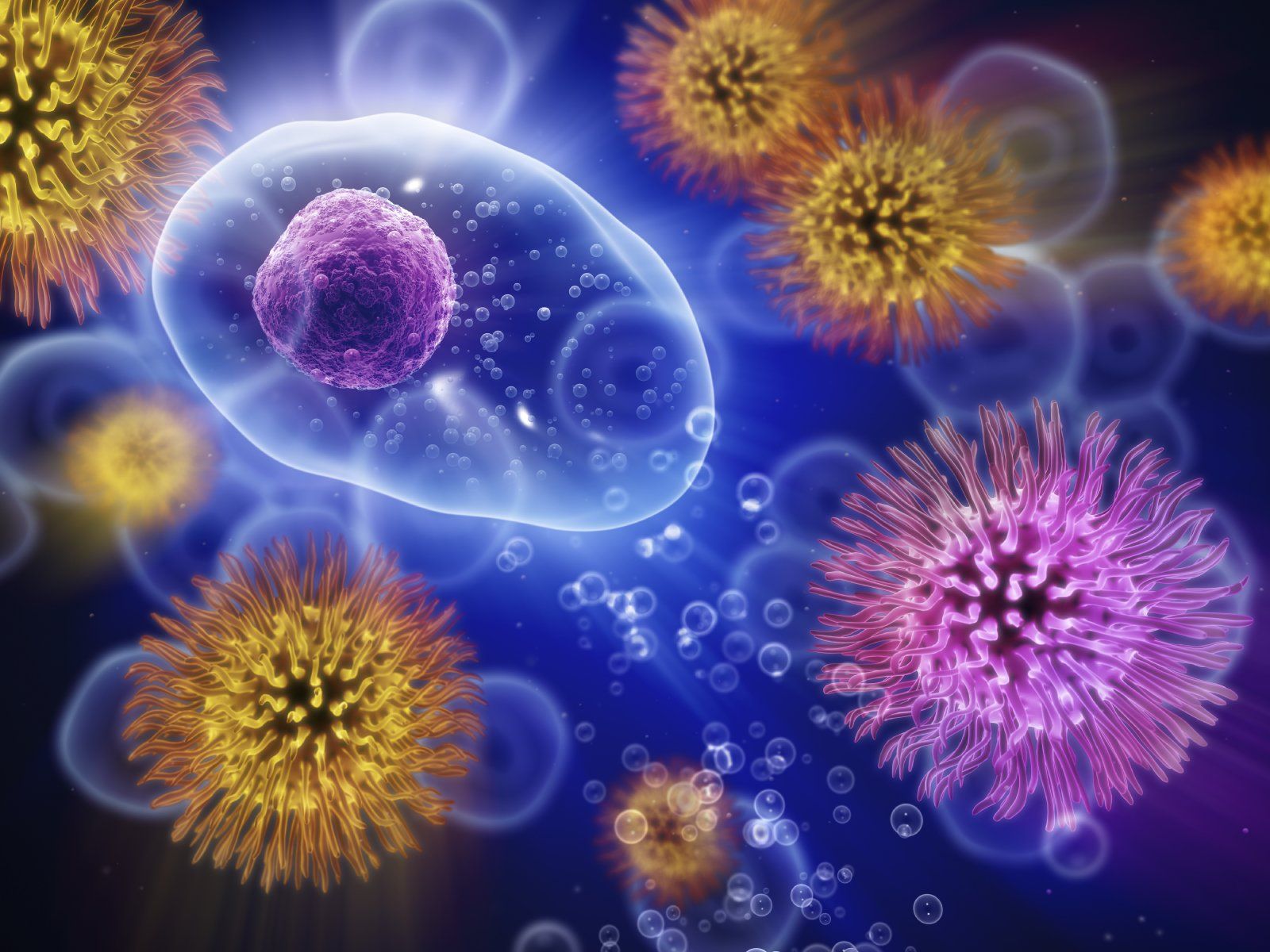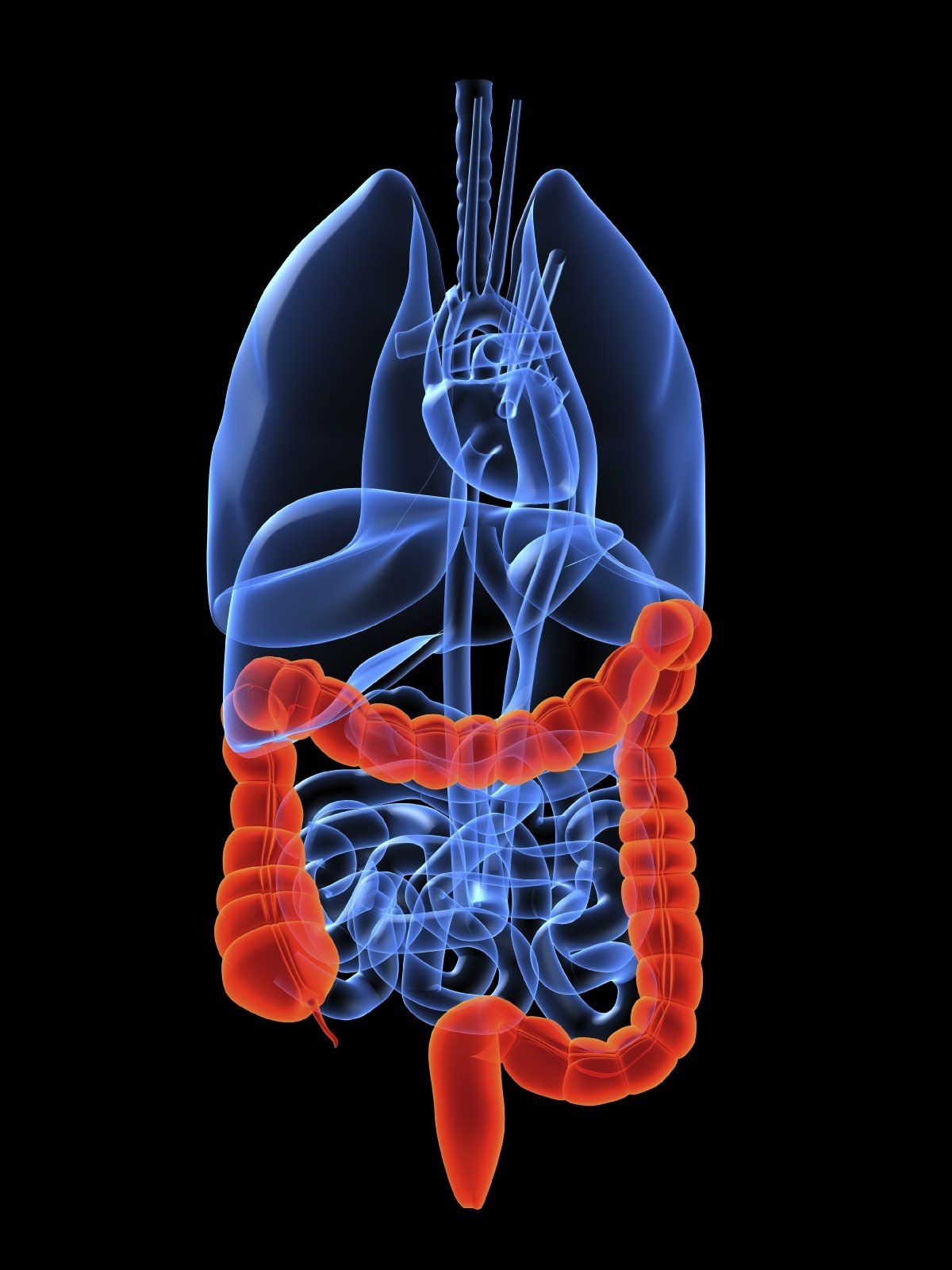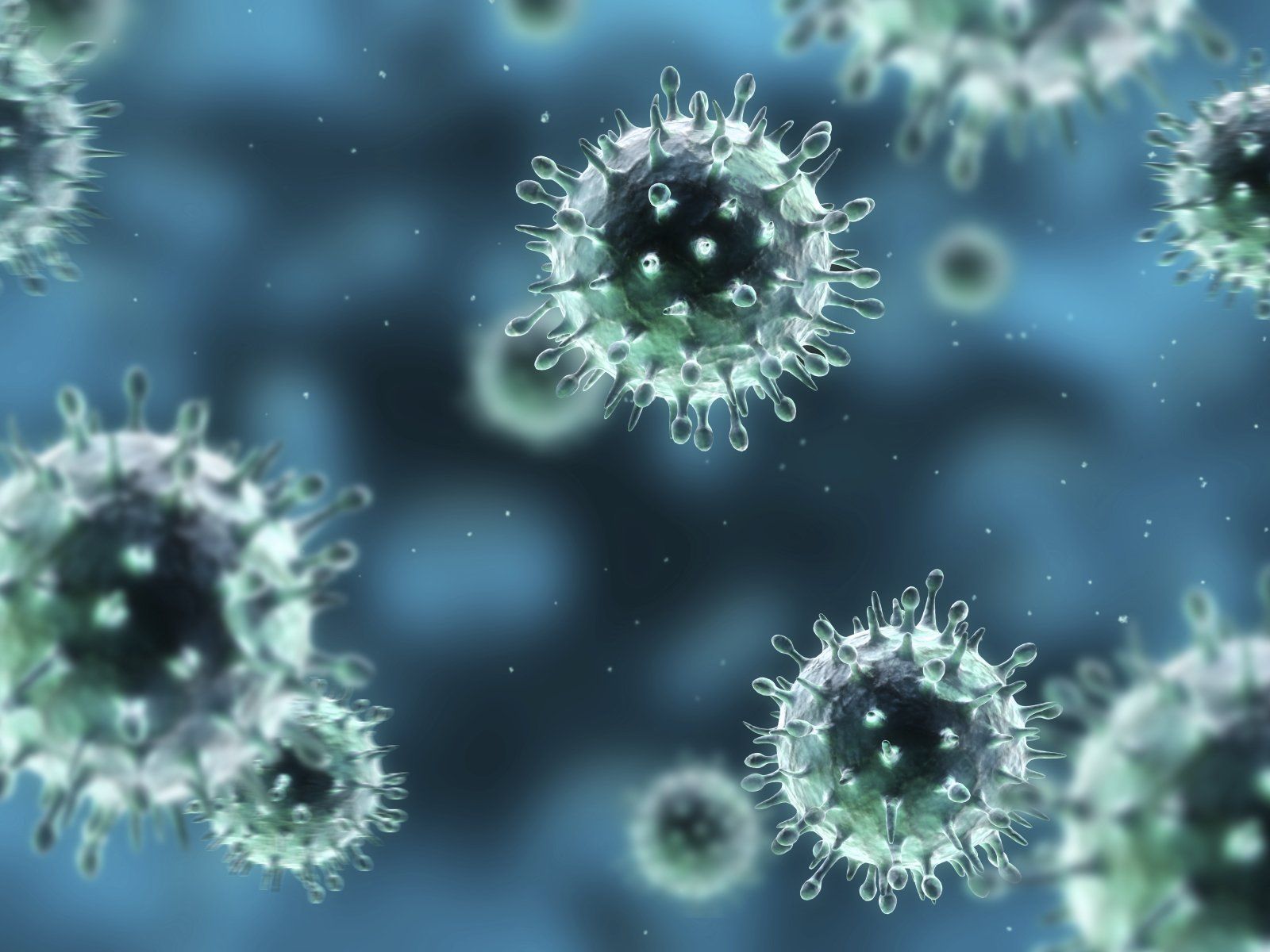3️⃣ IllnessThere are a thousand diseases...but only one healthL. Börne
🤒 Illness is the opposite of health
The World Health Organization (WHO) defines health as: “a state of complete physical, mental and social well-being and not merely the absence of disease or infirmity.”
It is often difficult to draw the line between health and illness. If someone has chickenpox or measles or suffers from appendicitis, then he is certainly ill.
Things get more difficult even with a mild illness. If you have a cold, for example, you can still go to school or work. Only when the illness gets worse will the doctor give you a certificate stating that you can or even should stay at home.
Diseases can be differentiated from one another and grouped together in different ways.
For example, it is important to distinguish between infectious and non-infectious diseases.
One A cold
(respiratory infection) is for a healthy person not dangerous, but contagious. The viruses that cause respiratory infections are found in our saliva and exhaled air and are "blown out" in small droplets, especially when we cough and sneeze.
Cancer, on the other hand, can lead to death but is not contagious.
A special group is made up of childhood diseases such as mumps, rubella and scarlet fever. These diseases are usually contracted in childhood and cannot be contracted again as an adult. Since they can be dangerous in rare cases, children in most countries in the world are vaccinated against these diseases and are protected from them.
Some people have to learn to live with chronic illnesses such as hay fever, diabetes mellitus or a physical disability, without necessarily feeling acutely ill.
Hospitals often have departments that specialize in diseases of certain parts of the human body, such as the heart, lungs, digestive system, etc.













